- Newest
- Most viewed
Interested in a Link Placement?
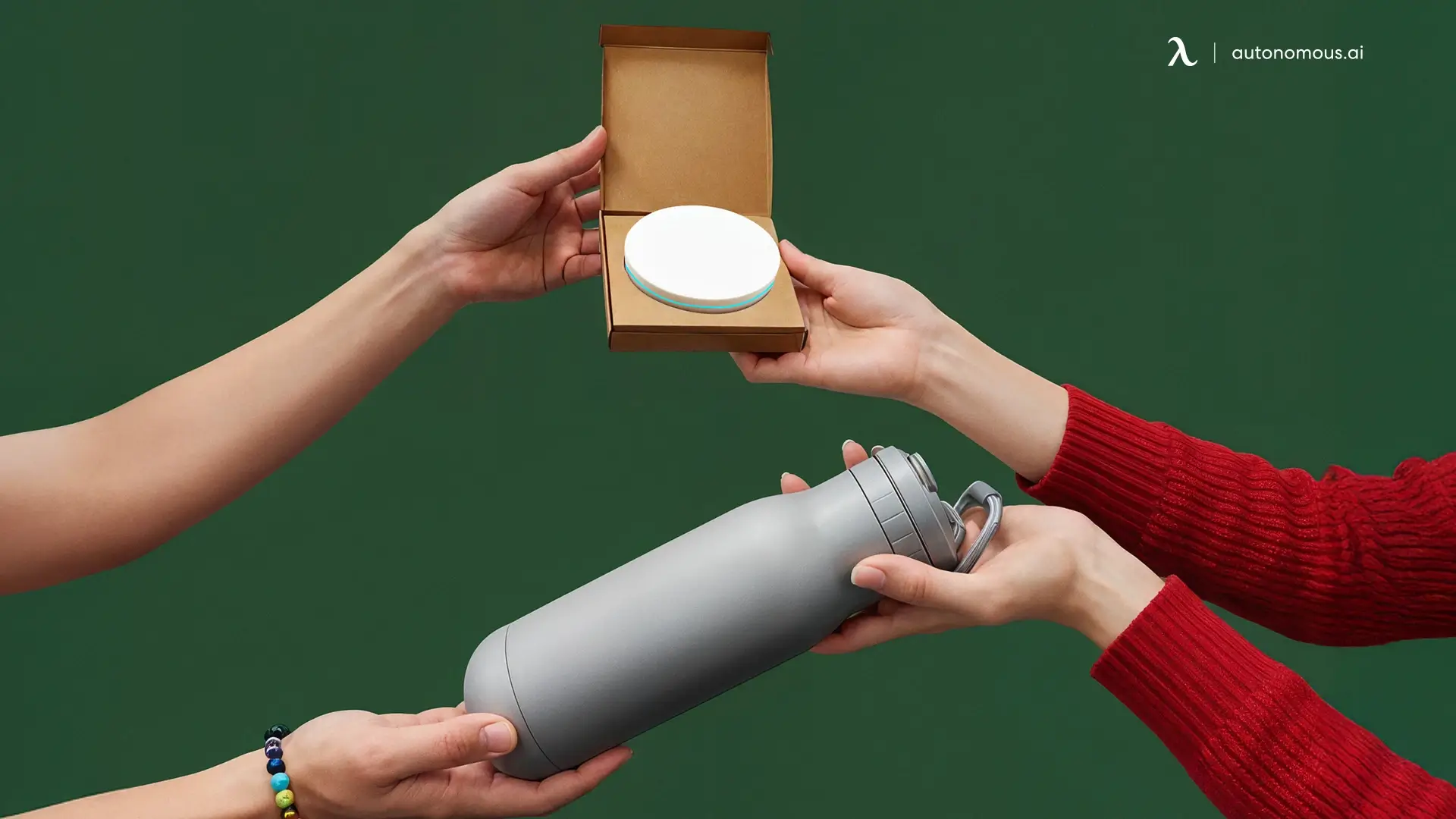
Best New Year Gifts for Teachers: Fresh Tools for 2026
Thoughtful new year gifts for teachers that look ahead, not back. Support their 2026 goals with organization systems, wellness tools & workspace upgrades.
Latest Updates | Dec 21, 2025 591 views
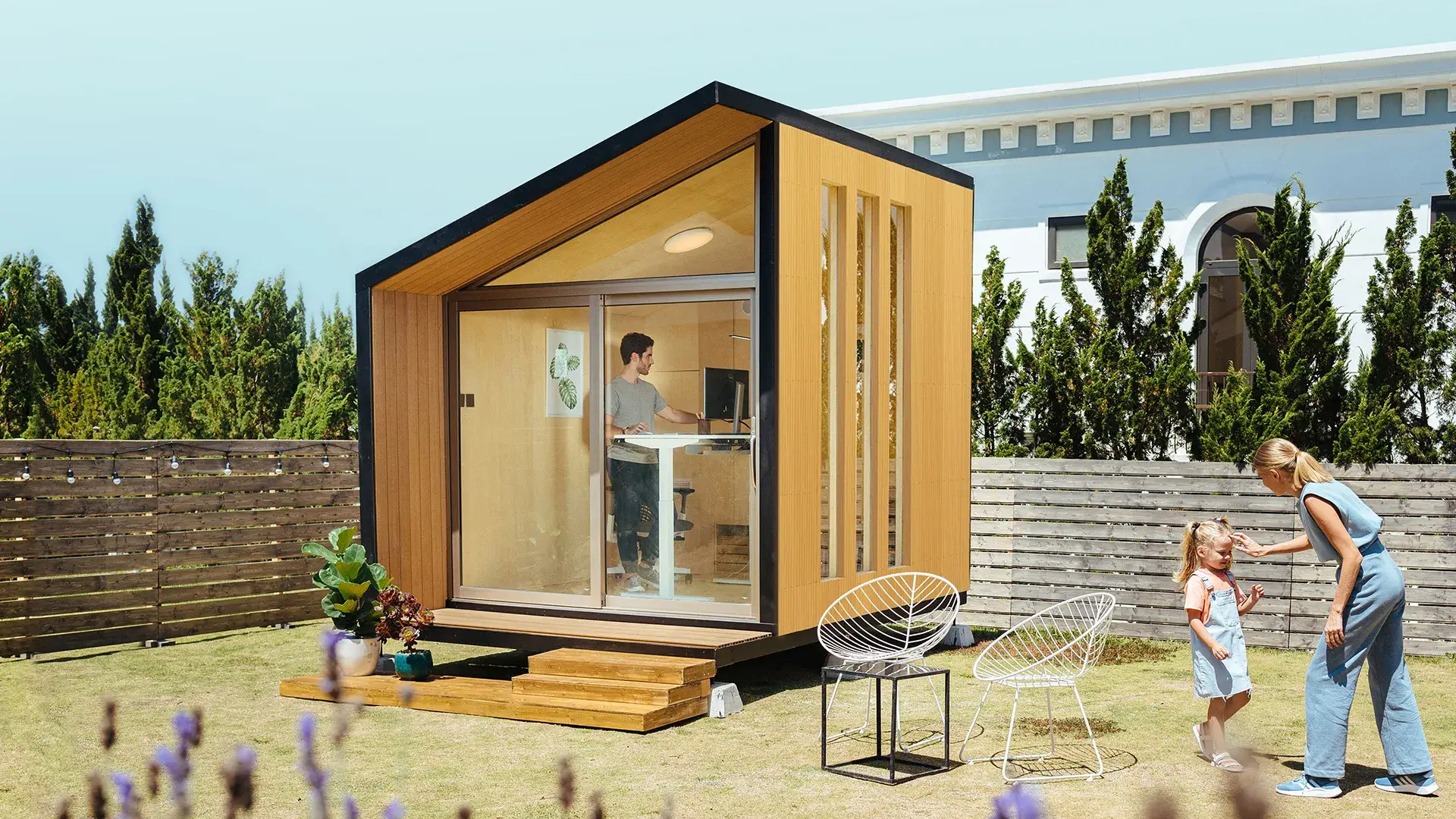
Best New Year Gifts for Family to Ring in 2026 Together
Latest Updates | Dec 18, 2025 342 views

10 Best Last Minute Christmas Gifts That Don’t Feel Rushed
Latest Updates | Dec 18, 2025 157 views

Christmas Gift Meaning and Why We Exchange Gifts at Christmas
Latest Updates | Dec 18, 2025 905 views

20 Best New Year Gifts for Your Boss Who Has Everything
Latest Updates | Dec 17, 2025 619 views

Best Christmas Gift Cards for Easy Gifting
Latest Updates | Dec 12, 2025 463 views

GeForce RTX 5080 Review: Gaming, Ray Tracing & Creator Power
Gaming Setup | Dec 17, 2025 638 views

OnePlus 13 Review: Is It Worth the Price in 2025?
Dec 16, 2025 845 views
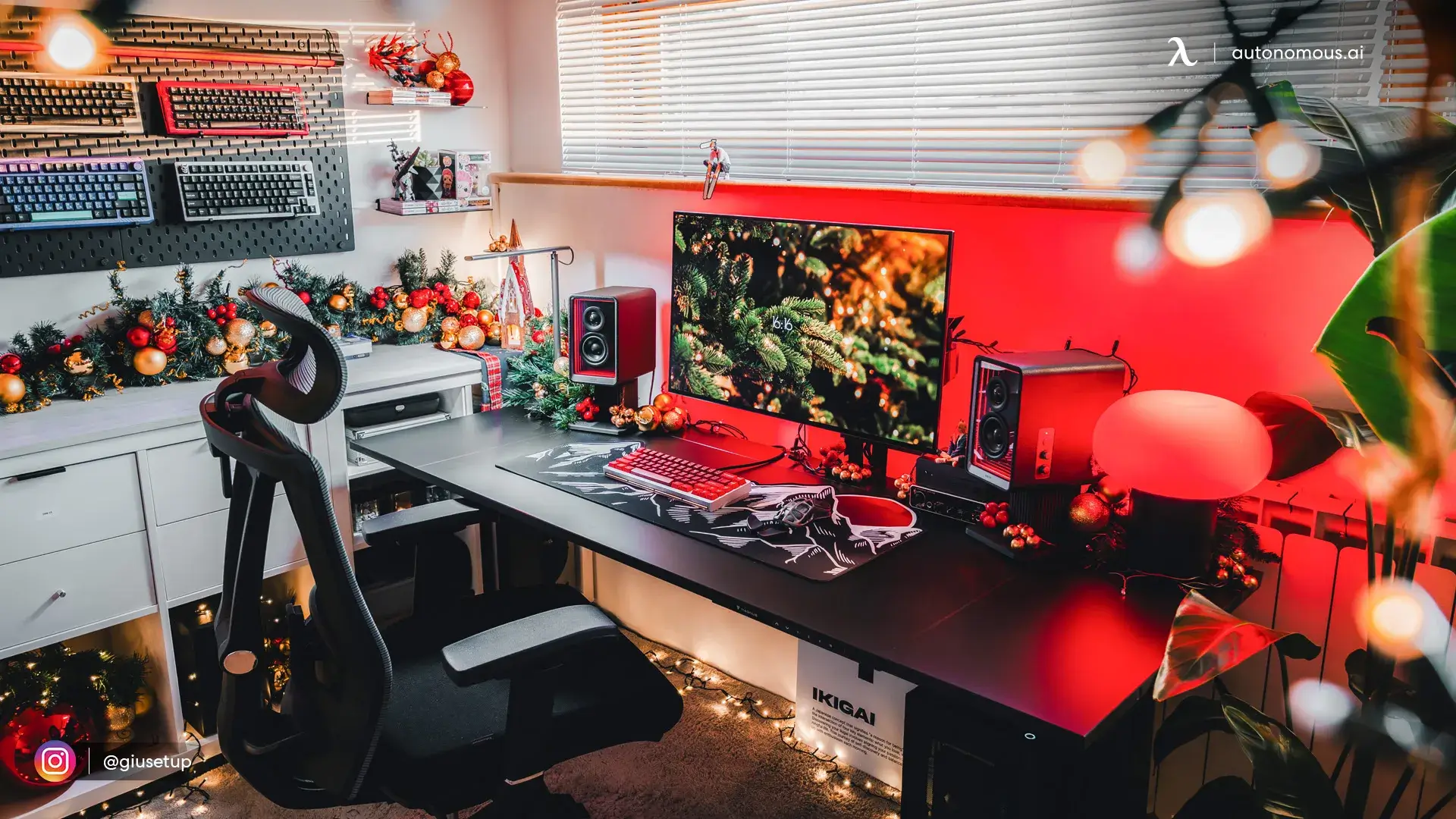
20 Personalized Christmas Gifts That Actually Feel Special
Latest Updates | Dec 15, 2025 782 views
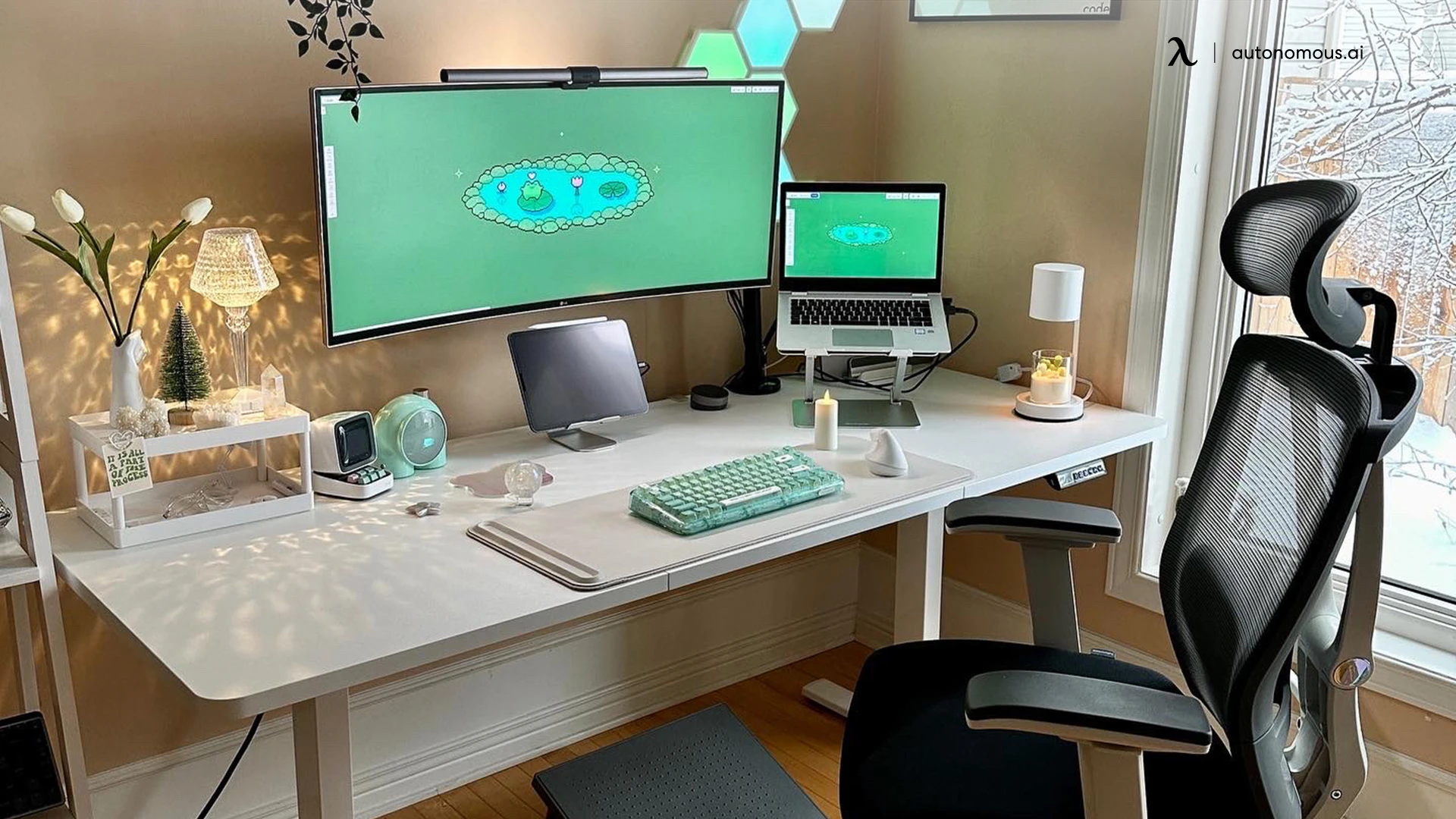
Best Christmas Apple Deals on iPhones, iPads & More
Latest Updates | Dec 11, 2025 449 views
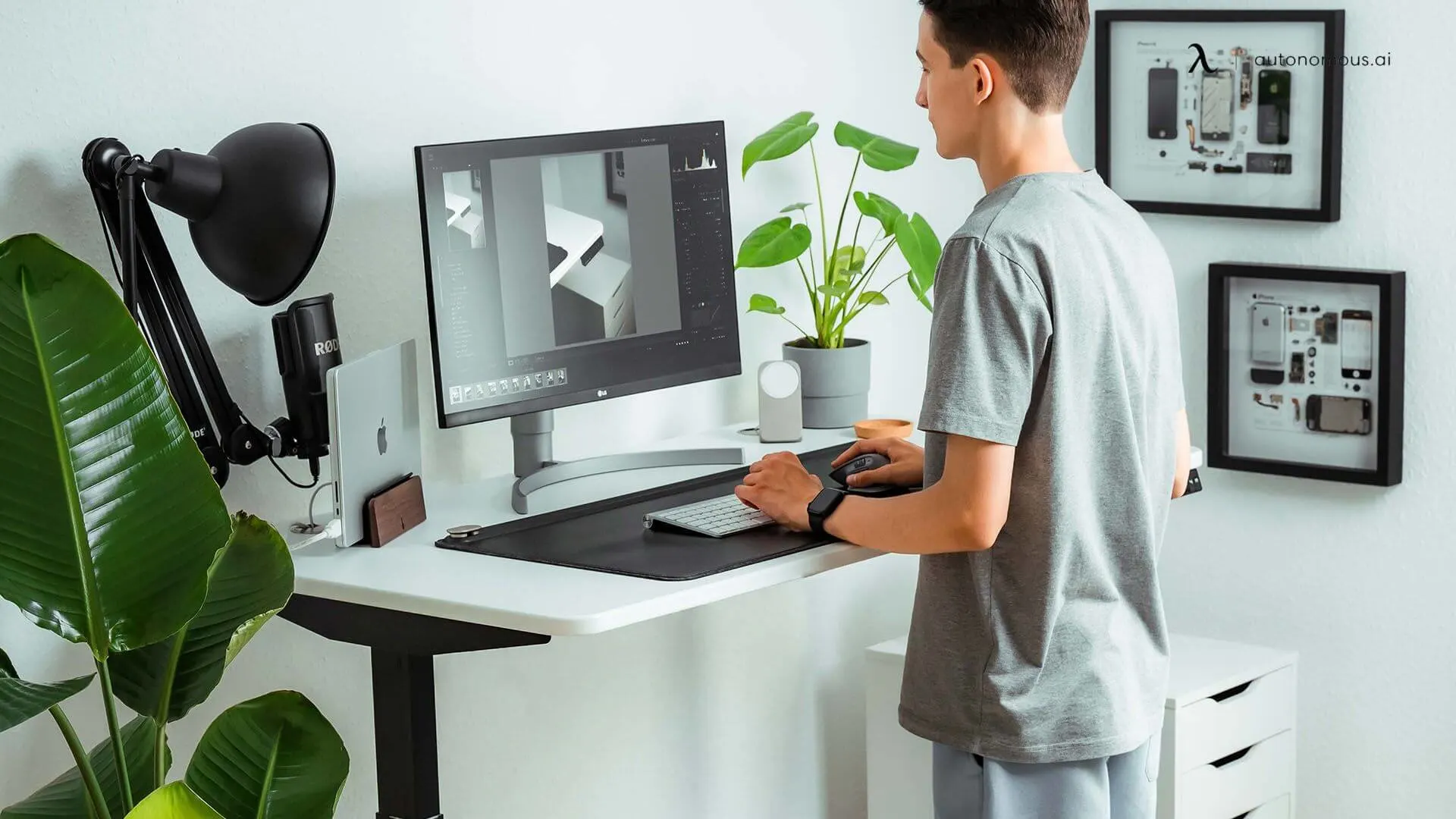
Apple Watch Series 11 Review: Should You Upgrade?
Latest Updates | Dec 10, 2025 294 views
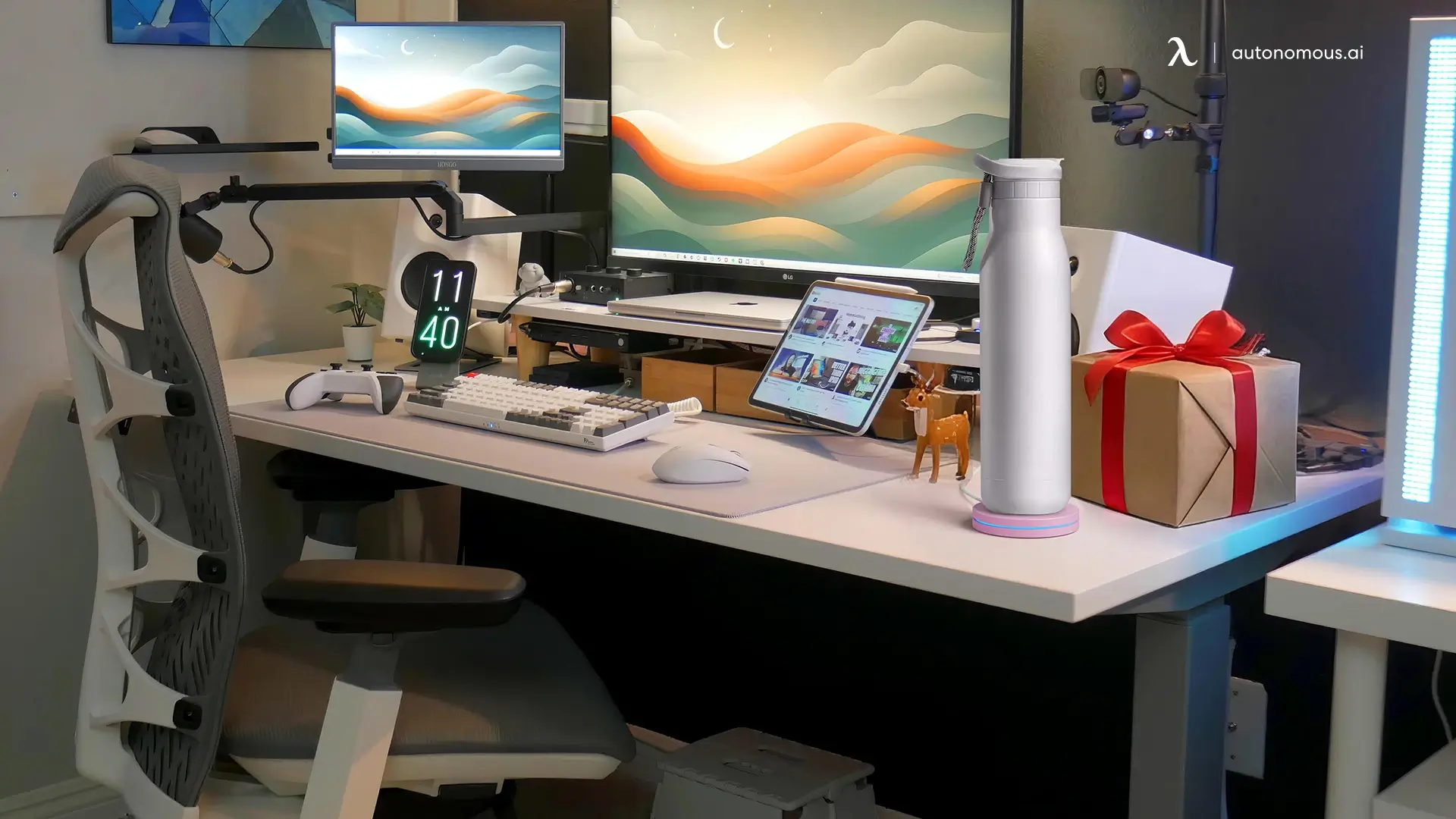
Best $20 Christmas Gifts That Don’t Feel Cheap at All
Latest Updates | Dec 6, 2025 318 views
.svg)
